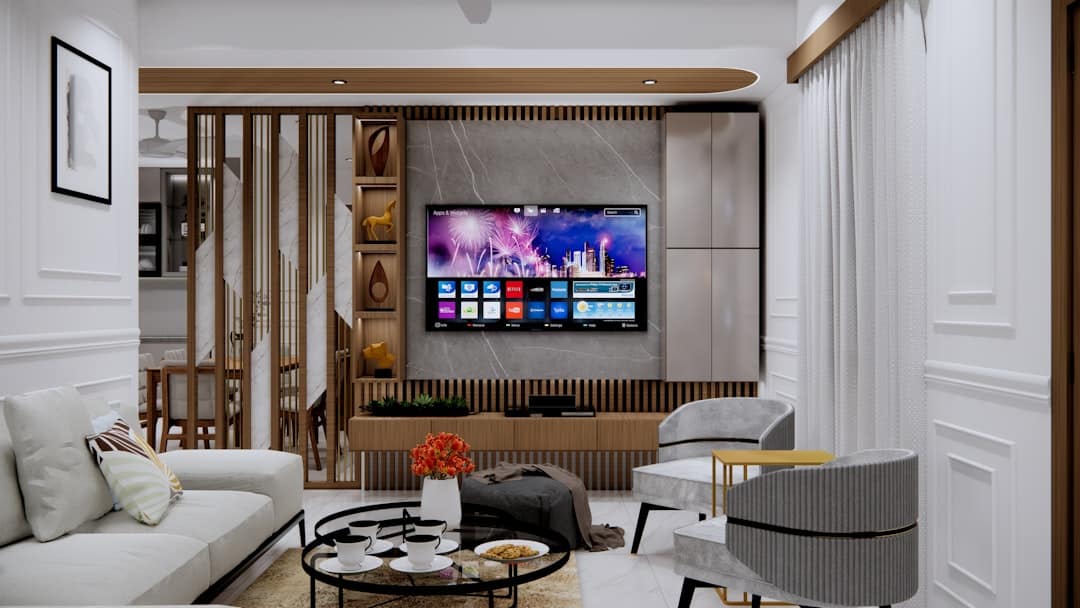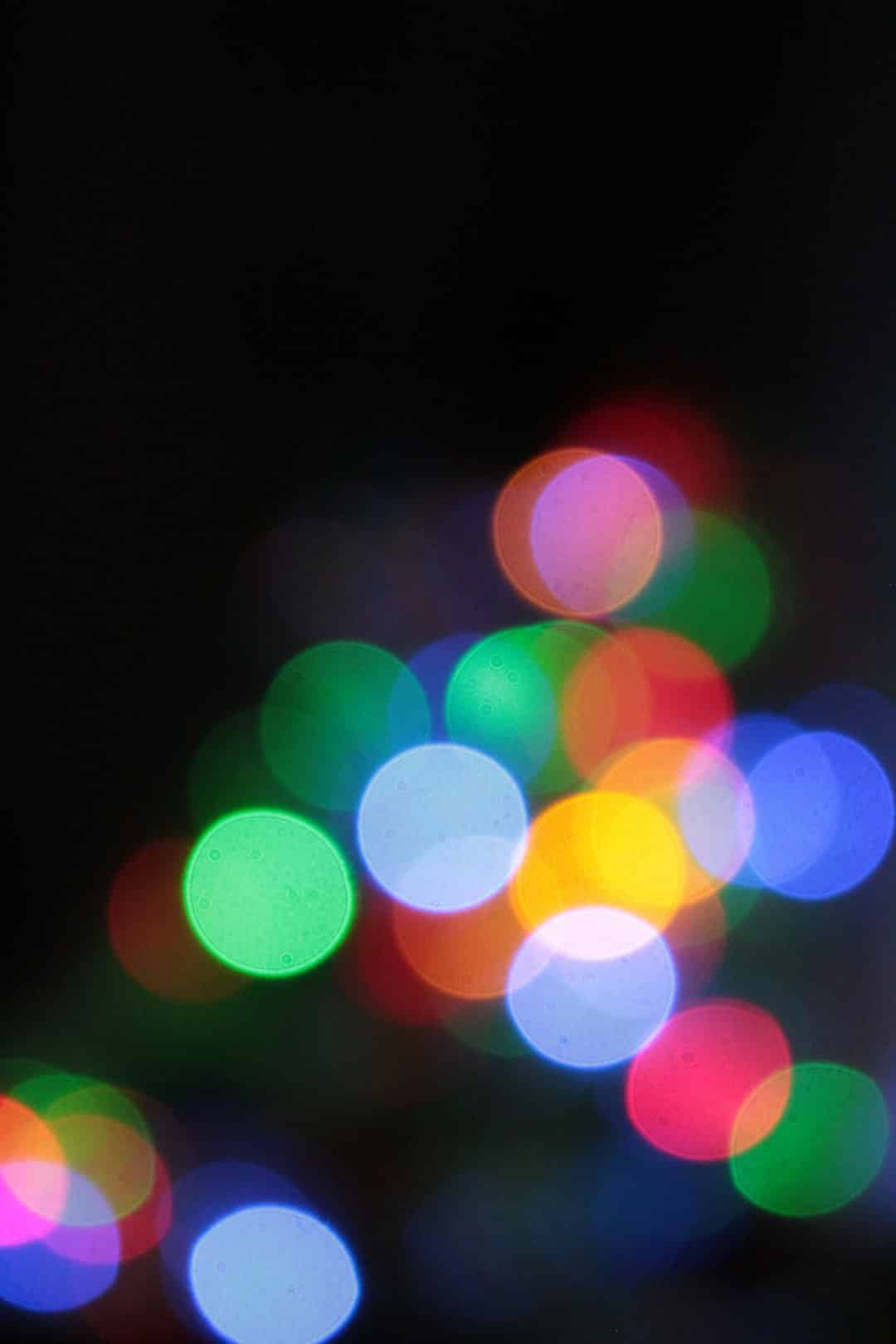Can You Sync Hue Lights to Apple TV? Explained

In the smart home universe, few combinations are as popular as Philips Hue and Apple TV. Bringing together vibrant smart lighting and seamless entertainment control, it’s no wonder users are curious if it’s possible to sync these two systems. Whether you’re looking to enhance movie night or create a more immersive atmosphere for games and music, syncing your Hue lights with Apple TV might be the perfect tech pairing.
TLDR: Can You Sync Hue Lights to Apple TV?
Yes, you can sync Philips Hue lights with Apple TV, but not directly through the Apple TV device itself. Instead, you’ll need the Philips Hue Sync Box or an alternative HomeKit automation setup using the Apple Home app. This process allows your lights to react in real time with the visuals and audio on your screen, creating an immersive viewing experience. However, some limitations and setup nuances may affect how seamless the integration feels.
Understanding Hue Sync: What It Is & How It Works
The core technology that allows Hue lights to sync with visual and audio content is the Philips Hue Sync platform. This software analyzes the media you’re playing and translates it into real-time lighting signals, which are then sent to compatible Philips Hue lights.
To make this work with Apple TV, Philips introduced the Hue Play HDMI Sync Box. This physical device connects directly to your Apple TV via HDMI and sits between your streaming source and your TV. It captures HDMI signals and mirrors those visuals by altering the color and brightness of your Hue lights.
Once you’ve got the necessary hardware and configuration, Hue Sync can deliver a highly engaging experience, whether you’re watching cinematic masterpieces or playing intense video games.

What You’ll Need to Start Syncing Hue Lights with Apple TV
Syncing isn’t plug-and-play by default. Here’s what you need:
- Apple TV (4th generation or newer): This is your source for media content.
- Philips Hue Bridge (v2): Required for controlling Hue devices.
- Hue-compatible lights: Preferably from the Hue White and Color Ambiance range for full effect.
- Philips Hue Play HDMI Sync Box: This is the core device that enables real-time syncing.
- Hue Sync mobile app: Used for configuring how the lights behave.
Setup Process: Step-by-Step
Here’s how you can set up your Hue lights to work with your Apple TV:
- Connect the HDMI Sync Box: Plug your Apple TV’s HDMI output into the Sync Box, then connect the Sync Box to your TV.
- Install the Hue Sync app: Download it on your iOS device and follow the instructions to pair it with your Hue Bridge and Sync Box.
- Assign Lights to Zones: Within the app, place lights in the correct positions based on your room layout (e.g., left, right, behind TV).
- Select Sync Mode: Adjust brightness, intensity, and sync method (video, music, or gaming).
Once configured, your lights will respond in real time to whatever is playing on your Apple TV.
Can You Sync Hue Lights Without the Sync Box?
Technically, yes—but with limitations. Hue lights can be controlled via Apple’s HomeKit, and with the use of HomeKit automations, you can create some basic scenes that turn on lights or change colors when you launch specific apps or time-based triggers.
However, without the Hue Play HDMI Sync Box, the lights won’t respond in real-time to what’s happening on your screen—they’ll just follow pre-set patterns. This can still be useful for setting movie night moods or dimming lights automatically when Apple TV starts up.
Apps like Home+ 5 and Apple’s Shortcuts can help expand what automations are possible, but remain far from the immersive experience that the Sync Box offers.

Performance Considerations and Limitations
While syncing works well for most, there are a few practical concerns to consider:
- HDMI Limitation: The Sync Box only works with HDMI sources. Streaming content must be routed through it.
- Latency and Sync Delay: Rare but noticeable during very fast-paced content like sports or action movies.
- Support for Dolby Vision: Some users report compatibility issues; the Sync Box may downgrade certain formats to SDR or plain HDR to process them.
Regardless of these, most users find the trade-off acceptable given the enhanced immersion.
Future Possibilities and Alternatives
It’s worth mentioning that Philips has been expanding its ecosystem. The newer Philips Hue Gradient Lightstrip and Hue Play Bars offer more nuanced color transitions and are ideal for syncing with visual media.
Also, as streaming companies begin embedding more smart-home integrations into their apps and devices, Apple may eventually support native syncing or events-based triggers via iOS updates or app partnerships.
Benefits of Syncing Hue Lights with Apple TV
When it all works together, the Apple TV and Philips Hue combo can level up your entertainment zone. Here’s what users enjoy:
- Immersive ambiance: Lights adjust with explosions, sunsets, and musical scores.
- Customizable experiences: Control how dynamic or subtle the sync feels right from your phone.
- Multi-purpose mood lighting: Great for both movie nights and parties.
- Voice integration: Use Siri with HomeKit scenes and automations for hands-free control.
Conclusion
Syncing Hue lights with Apple TV isn’t as straightforward as flipping a switch, but it’s certainly doable and immensely rewarding. With the right hardware—specifically the Hue Play HDMI Sync Box—and a properly configured app, you can transform any room into a dynamic entertainment hub. Although HomeKit alone won’t offer full syncing capabilities, it can still play a role in automations for basic scene adjustments. As smart home ecosystems evolve, this integration will likely become even smoother and more accessible.
Frequently Asked Questions (FAQ)
-
Can Philips Hue lights sync directly with Apple TV without extra hardware?
No. You’ll need the Philips Hue Play HDMI Sync Box for real-time syncing with Apple TV. HomeKit automations can allow basic interactions, but not dynamic video syncing. -
Does the Hue HDMI Sync Box work with all Apple TV models?
It works with any Apple TV model that supports HDMI output, including Apple TV 4K and HD versions newer than the 4th generation. -
Are there any delays in syncing the lights with Apple TV visuals?
Some minor latency may occur, especially with ultra-fast content, but it’s largely negligible for typical movie viewing. -
Can Siri control Hue lights alongside Apple TV activities?
Yes. Through HomeKit scenes and automations, Siri can be used to trigger Hue lighting setups when you turn on the TV or start specific Apple TV apps. -
Is the Hue Sync Box compatible with Dolby Vision?
It supports HDR10 and HLG, but not all Dolby Vision content is compatible. Some content may be downscaled, depending on the format.
